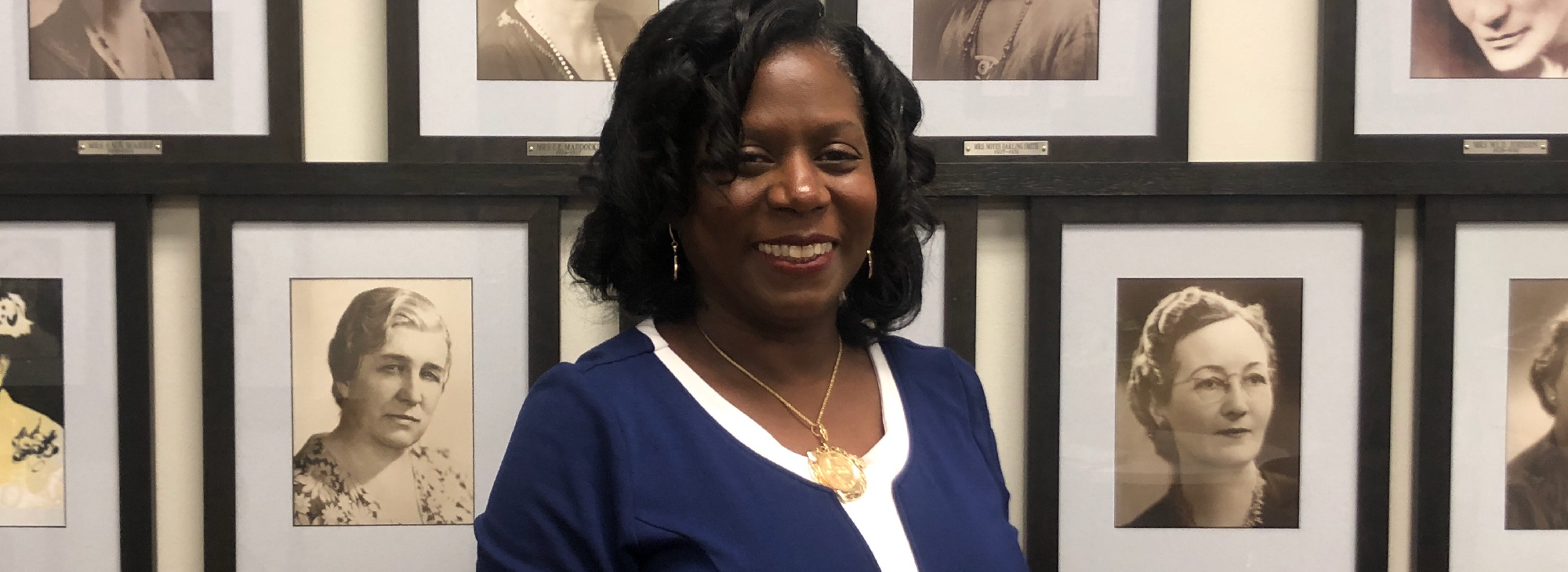Michele Deitch has been talking about prison reform for more than 30 years. She’s an attorney and professor at the University of Texas schools of law and public affairs where she has written and contributed to numerous reports and articles and teaches courses on corrections, sentencing, and policy. She speaks publicly on the issue including a 2014 TEDx Talk titled “Why are we trying kids as adults?”
In 2007, Michele Deitch’s focus shifted to the juvenile justice system for two reasons. First, the Texas Youth Commission, the government agency responsible for juvenile corrections, faced a number of scandals including sexual violence against inmates and a number of administrative failures across the state.¹ Around the same time, Christopher Pittman was charged with two concurrent terms of thirty years imprisonment for murdering his grandparents in South Carolina.² Pittman was just 12-years-old at the time of the incident. Michelle worked closely with his lawyers during the appeal process as they argued that children shouldn’t be subject to the death penalty or lifelong sentences without the possibility of parole. Both situations triggered nationwide conversations about reinventing the juvenile justice system into something more rehabilitative.
Deitch and her students embarked on a major study to learn what happens to children under the age of 12 who enter the adult criminal justice system.
“It was a wake up call for me,” Deitch says. She was stunned by the number of kids in the adult system.
They began to take a closer look at the issues these minors tend to face in Texas and across the nation. The research showed that a substantial portion of cases that led to minors entering the adult system were those of 17-year-olds who are automatically treated as adults.
In fact, since the 1913 Juvenile Delinquency Court Act (which created the juvenile system in Texas), 17-year-olds have been automatically tried as adults regardless of the nature of their crimes.
Deitch knew then that raising the age of criminal responsibility from 17 to 18 would be paramount to addressing juvenile delinquency.
“If we wanted to make any difference in terms of keeping kids out of the adult system, it needed to be by raising the age of jurisdiction and saying that kids under the age of 18 should be in the juvenile system,” Deitch said.
Starting in the mid-2000’s and after 2010, states that had lowered the age of criminal responsibility to 17 began to raise it back to 18.
Deitch says, “They started to understand that kids are different from adults. Their brains aren’t fully developed; they are much less culpable for their offenses; and they’re much more susceptible to rehabilitation.”
Since then, Texas legislators have written and sponsored multiple bills which address raising the age. In fact, this legislation was considered in 2013, 2015, 2017, 2019, and a bill is already pre-filed for the 2021 session.
Adult Certification
Proposed raise the age legislation leaves in place the certification process by which any child (14 and up) can be moved to an adult court at the discretion of a judge. The supposed practical purpose of adult certification is to transfer teens who commit repeated or egregious crimes.
Over the years, Deitch’s research showed that even adult certification isn’t entirely fair in practice. She and her students found that kids were being transferred on their first offenses and for nonviolent crimes.
“The assumption is that we are only transferring the worst of the worst,” she said. “The assumptions didn’t match up with the reality.”
Despite issues with the way the statute on adult certification is written, Deitch believes that the tides are turning toward leniency and that judges are more cautious about who they certify.

Why Kids Don’t Belong in the Adult System
A study by the Centers for Disease Control and Prevention found that teens who are transferred from juvenile to adult courts are 34% more likely to be re-arrested for violent or other offenses than youth who are kept in the juvenile system.³
“They have enormously greater risk of suicide and of being physically or sexually assaulted in the adult system,” Deitch says. “They aren’t getting access to programs or services on the level that they would be on the juvenile side.”
Additionally, when 17-year-olds enter the adult system, their parents don’t have the right to be involved in the court process. In fact, law enforcement is not even required to inform parents of their arrest.
The vast majority of offenders aren’t going to prison, though. In 2018, about 78% of arrests of 17-year-olds were for nonviolent crimes which often result in probation. Deitch believes that the rules often included in adult probation can be extremely challenging for a teen to follow and raise much higher barriers to entering college and the workforce.
“They’re not going to have the range of programs and services they would have on juvenile probation,” Deitch said.
The Best Solution
Deitch would like to see the age of criminal responsibility raised to 18 and additional funding be added to support juvenile probation programs in the state.
If raise the age legislation passes, an influx of 17-year-olds will impact juvenile courts and probation systems. Deitch believes the courts need specialized programs for this population.
“Their needs are different from that of a 12 or 13-year-old.”
For those in doubt, Deitch says, “Its important for families to understand that raise the age doesn’t change transfer laws.” As with kids over 14, any 17-year-old who commits a truly heinous crime can be transferred to the adult system at the discretion of the court.
With so many teens committing minor crimes and offending for the first time, she believes this legislation will help reduce the number of kids entering and staying in the system.
“It’s basically stupid teens doing stupid teen stuff. And if they go into the adult system, it has a lifelong impact on them.”
What Now?
State Representative Gene Wu (District 137 in southwest Houston) has sponsored a pre-filed bill (House Bill 486) to be considered in the Texas House.
HB 486 (and most other similar bills) would raise the age of criminal responsibility from 17 to 18. If passed, the bill would become an act taking effect on September 1, 2021.
Raise the age is one of Texas PTA’s legislative priorities for the 87th Texas Legislature. To learn more visit www.txpta.org/legislative-priorities.







